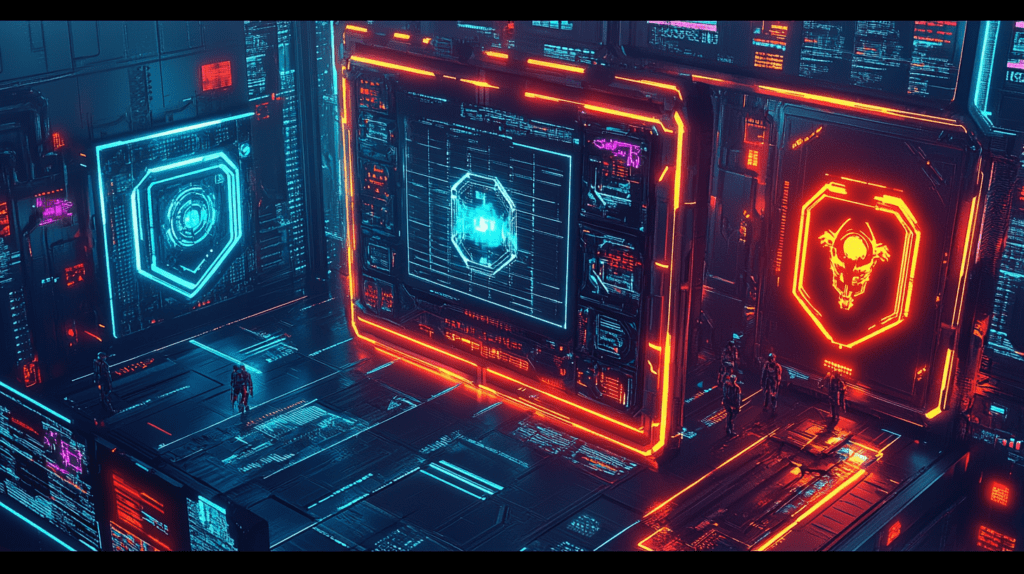
Artificial intelligence (AI) has irrevocably transformed the cybersecurity landscape, serving as both a formidable shield and a potent weapon. As organizations grapple with an ever-evolving threat landscape, understanding the multifaceted role of AI is paramount. This exploration delves into the three fundamental pillars of AI in cybersecurity: defending AI, countering AI-powered attacks, and leveraging AI for enhanced protection.
Pillar 1: Safeguarding the AI Arsenal
AI models are the intellectual property of the digital age, housing invaluable data and algorithms. As they become increasingly sophisticated, they also become more enticing targets for cybercriminals. Protecting these models is akin to guarding a nation’s most critical infrastructure.
A robust defense strategy involves multiple layers of security. This includes securing the development environment, implementing rigorous access controls, and continuously monitoring for anomalies. Additionally, organizations must invest in AI-specific security solutions designed to detect and thwart attacks targeting AI models.
Pillar 2: Outsmarting the AI-Powered Adversary
Cybercriminals are rapidly adopting AI to enhance their arsenal. From crafting highly personalized phishing emails to automating complex attack chains, AI is enabling attackers to operate with unprecedented efficiency and scale. To counter this, organizations must adopt a proactive and adaptive approach.
This involves investing in advanced threat detection and response capabilities, including AI-driven security solutions that can identify and neutralize sophisticated attacks. Furthermore, fostering a culture of cybersecurity awareness among employees is crucial to prevent human error from becoming an entry point for AI-powered attacks.
Pillar 3: Harnessing AI for a Stronger Defense
AI is not solely a defensive tool. It is also a potent weapon in the cybersecurity arsenal. By analyzing vast amounts of data, AI can identify patterns, anomalies, and potential threats with unparalleled speed and accuracy. This enables security teams to prioritize incidents, automate routine tasks, and focus on high-impact threats.
However, it’s essential to select AI-powered security solutions carefully. The effectiveness of these tools hinges on the quality of the data they are trained on, as well as the underlying algorithms. Organizations must collaborate with vendors who prioritize transparency, explainability, and ethical AI practices.
Navigating the AI-Driven Cybersecurity Landscape
The integration of AI into cybersecurity is a double-edged sword. While it offers immense potential for bolstering defenses, it also introduces new vulnerabilities. Organizations must approach AI with a balanced perspective, understanding both its benefits and risks.
By investing in AI-focused security measures, cultivating a proactive security culture, and partnering with reputable vendors, organizations can build a resilient defense against the evolving threat landscape. The future of cybersecurity lies at the intersection of human ingenuity and artificial intelligence.

